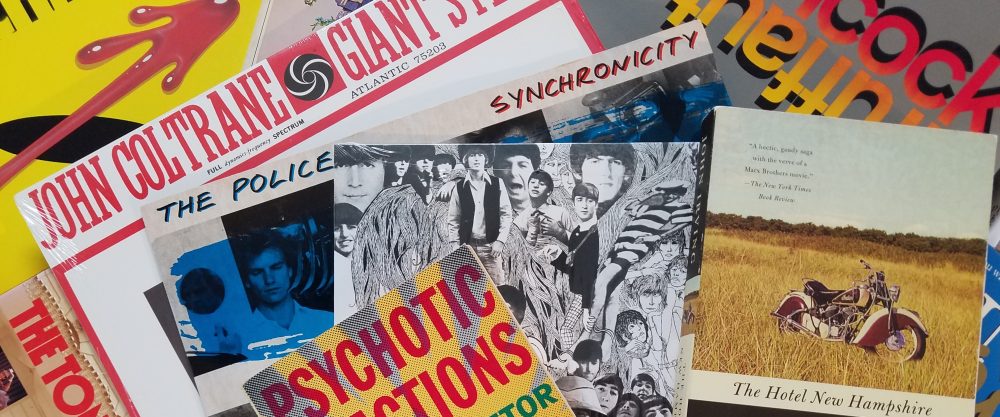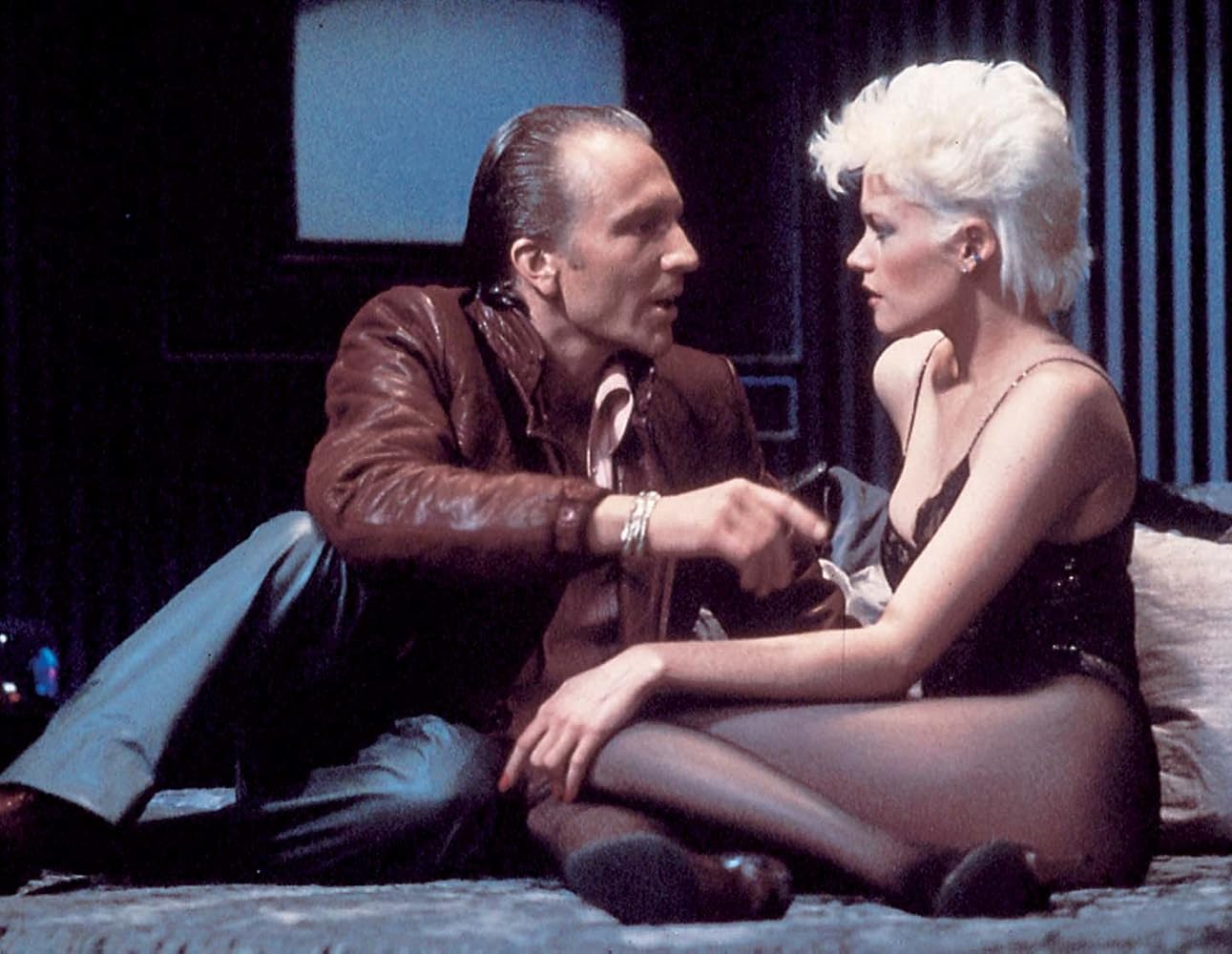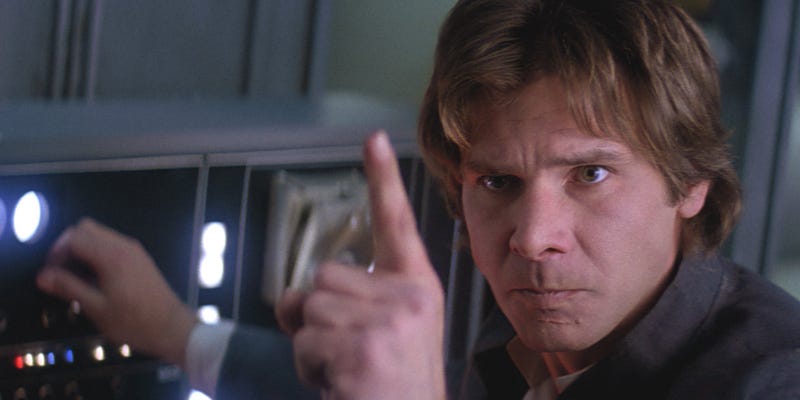:format(jpeg):mode_rgb():quality(90)/discogs-images/R-745229-1481752948-3777.png.jpg)
Last week, I took a journey through one of my longstanding Spotify playlists: Daily Earworm. It was fun, and much more upbeat than I expected, so I’m doing it again. Here are more highlights from the ongoing set list in my subconscious:
“Reminiscing,” Little River Band: This is one of the yacht rock classics that takes me back to my childhood summer vacations in the Florida panhandle. For me, this is the sound of driving to the beach with my family on a ridiculously sunny day, and, for that reason alone, I will always love yacht rock.
“9 to 5,” Dolly Parton: Over the course of our marriage so far, my wife and I have discovered a couple of things. First, we can watch this movie anytime. It is eternally delightful. Secondly, we both really love Dolly. We will listen to any song of hers, and watch any movie of hers (And, we have.)
“Flash Light,” Parliament: One of my wife’s absolute favorite songs. It ends up on the playlist for every party we throw. We played it at our wedding. I’m guessing it will get played at our respective funerals. Basically, a song for all occasions.
“Here Come Those Tears Again,” Jackson Browne: A rare upbeat-sounding track from Browne that belies its pensive, melancholy lyrics. I’ve always loved his voice and the way he writes, and this is one of my favorites of his.
“The Mandalorian,” Ludwig Goransson: My wife and I were immediately taken with this show when it premiered last year, and especially with its soundtrack. I’m a longtime fan of film and television music, so it didn’t take any doing for this to enter my heavy rotation for a week or two.
“I Believe (When I Fall in Love it Will be Forever),” Stevie Wonder: Speaking of TV shows, have you seen the new High Fidelity series with Zoe Kravitz? It is so well done, and I highly recommend it. This was another one I binged right away when it premiered, and I loved the way it used this song, both as connective tissue to its movie version and as a bit of a thematic inversion from the way it was used in the movie. Super clever and super cool.
“Stand Up,” Cynthia Erivo: Another catchy movie song, delivered with catchy conviction by Erivo. I couldn’t hear this one enough the day after I saw Harriet.
“Walking on a Thin Line,” Huey Lewis and the News: A rare moment of gravitas for this pack of Bay Area favorites. It’s not quite convincing, but it doesn’t really matter because everything else that’s great about them – catchy hooks, a tight rhythm section, and Huey’s smooth vocals – is on full display.
“If I Should Fall from Grace with God,” The Pogues: This raucous celebration of a song needs no explanation. But, if you do need one, just picture yourself and your mates listening to this while sharing a pitcher in your favorite pub. There you go.
“The Dicty Glide,” Don Byron: This album, Byron’s tribute to the work of the Raymond Scott Quintette, the John Kirby Sextet and Duke Ellington, became a favorite of mine when I worked at a record store during college. I played it in the store as often as I could, and it always made my shift go by faster (plus, I never failed to sell a copy or two).
“Walk it Down,” Talking Heads: A subtly catchy tune from a cleverly crafted Heads album. This band truly did not know how to do anything poorly.
“Jigsaw Puzzle,” The Rolling Stones: A forgotten track from a classic Stones album. This was back when they were transitioning from learning their trade in record time to becoming the self-professed Greatest Rock and Roll Band in the World. No wonder they could bill themselves as such with a throwaway this good.
“How Much Did You Get for Your Soul?,” The Pretenders: Slick, shiny, synth-tinged Pretenders still pack a punch. Chrissie Hynde’s patented snarl comes through no matter how studio musicians she surrounds herself with.
“I Say a Little Prayer,” Aretha Franklin: I’ve written about this one before. Suffice it to say, one of the greatest covers of all time.
“The Chamber of 32 Doors,” Genesis: One day, I’ll write something extensive about how much I love this band. For now, though, I continue to marvel at how much their inherent pop sensibilities shine through the prog rock conventions of the mid-1970s. Mind-blowing to this day.










